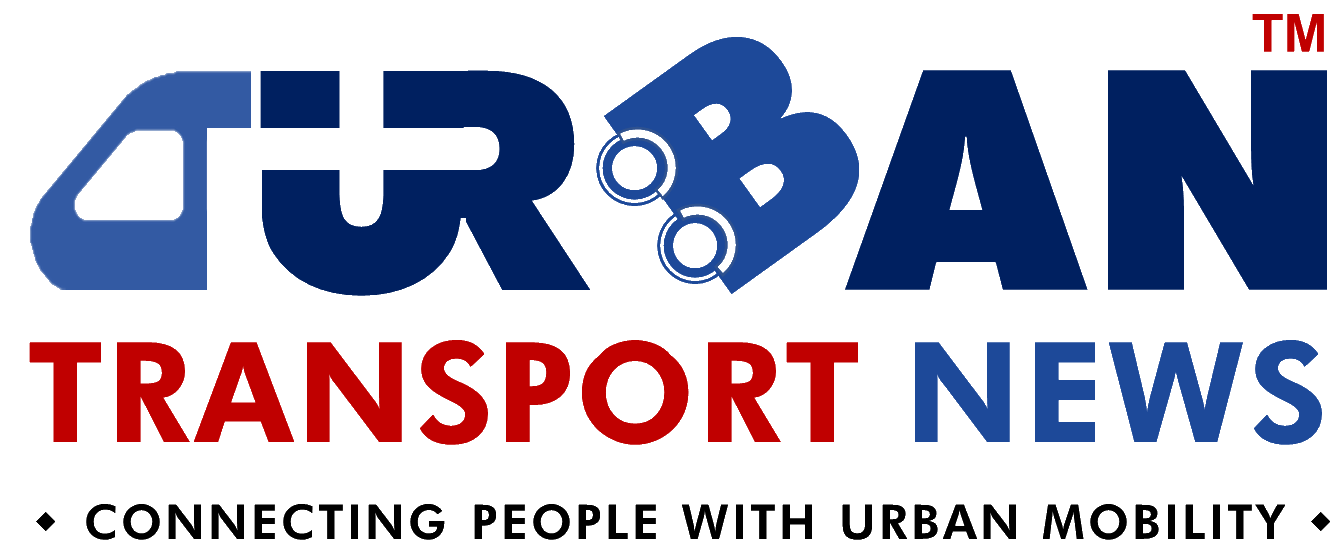 Delhi unveils ambitious Urban Mobility Vision: Luxury Metro Coaches, New Tunnels and Pod Taxi
Delhi unveils ambitious Urban Mobility Vision: Luxury Metro Coaches, New Tunnels and Pod Taxi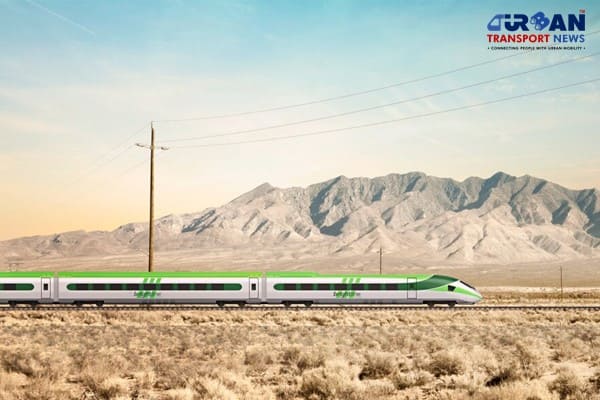 Qatar approves Saudi Rail Link Agreement, Accelerating Gulf Railway Vision 2030
Qatar approves Saudi Rail Link Agreement, Accelerating Gulf Railway Vision 2030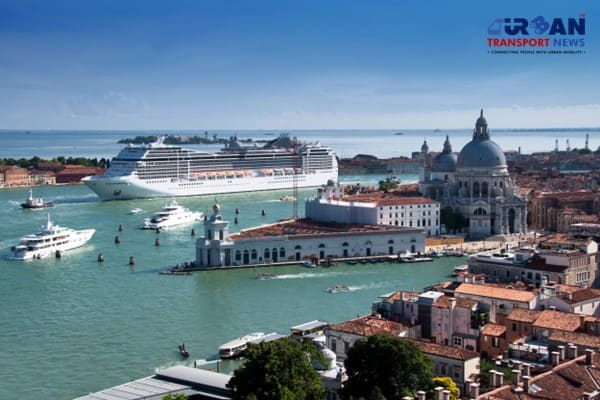 UP Govt plans to introduce Water Metro services in Ayodhya, Varanasi & Prayagraj
UP Govt plans to introduce Water Metro services in Ayodhya, Varanasi & Prayagraj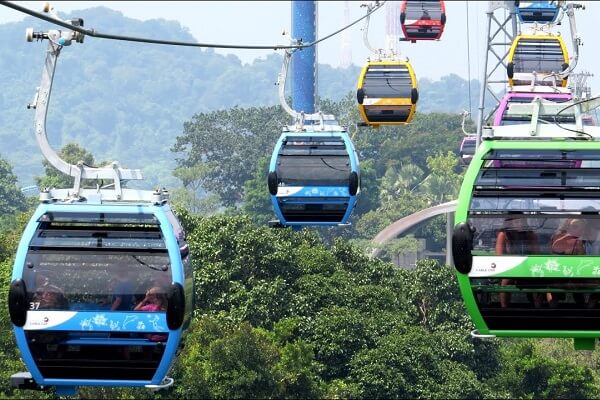 India’s First Urban Ropeway begins Trial Run in Varanasi, Set to carry 1 Lakh passengers daily
India’s First Urban Ropeway begins Trial Run in Varanasi, Set to carry 1 Lakh passengers daily India and Bhutan to Build First-Ever Rail Link: ₹4,033 Cr Project to Boost Regional Connectivity
India and Bhutan to Build First-Ever Rail Link: ₹4,033 Cr Project to Boost Regional Connectivity Patna to launch Eco-Friendly Water Metro; Trial Run soon between Digha and Kangan Ghats
Patna to launch Eco-Friendly Water Metro; Trial Run soon between Digha and Kangan Ghats Air India Group set to launch Flights Operations from Navi Mumbai International Airport
Air India Group set to launch Flights Operations from Navi Mumbai International Airport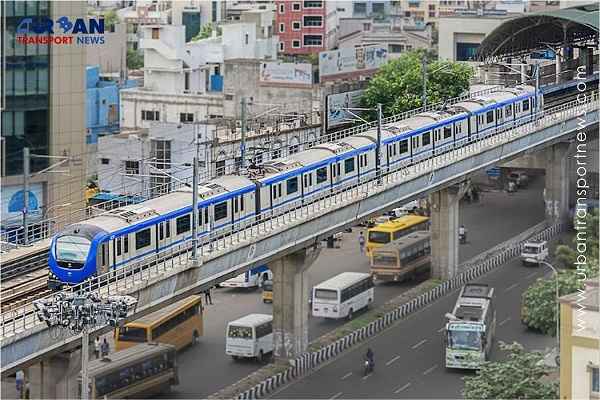 Chennai to launch 25-Year Mobility Plan with Unified QR Ticketing and One-App Transit System
Chennai to launch 25-Year Mobility Plan with Unified QR Ticketing and One-App Transit System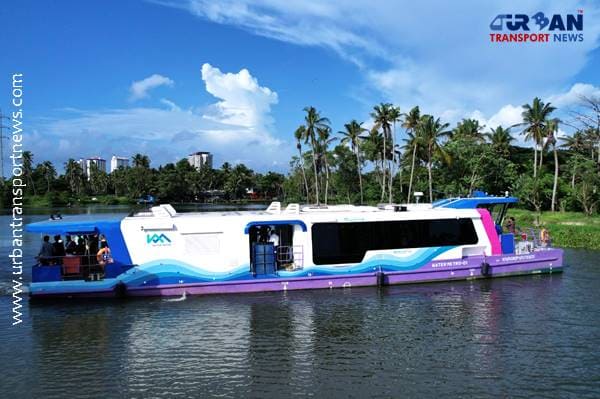 Kochi Metro bags ₹4.4 crore contract to prepare DPR for Mumbai Water Metro Proejct
Kochi Metro bags ₹4.4 crore contract to prepare DPR for Mumbai Water Metro Proejct Navi Mumbai International Airport set for September launch; IndiGo and Akasa Air to lead Operations
Navi Mumbai International Airport set for September launch; IndiGo and Akasa Air to lead Operations
How the World Bank promotes Livable Cities through Investment in Urban Mobility?

Urban transport serves as the lifeline of modern cities, connecting residents to vital services, opportunities, and amenities. Recognizing its significance, the World Bank has been instrumental in supporting countries worldwide through investments in mass transit projects and public transport enhancements. Since 2012, the completion of 12 metro and bus rapid transit (BRT) projects has positively impacted over 20 million individuals. These initiatives have yielded a multitude of benefits, ranging from reduced congestion and shorter travel times to improved accessibility and social inclusion, along with notable reductions in greenhouse gas emissions and local air pollution.
Challenges in Urban Transport
Developing countries grapple with formidable challenges in financing, constructing, and managing urban transport systems. These hurdles impede progress towards achieving multiple sustainable development goals (SDGs), hindering access to education, employment, and healthcare. Rising congestion and emissions, coupled with inadequate public transport infrastructure, exacerbate the difficulties faced by urban residents, particularly those from low-income backgrounds.
World Bank's Approach
The World Bank adopts a holistic approach to address the complexities of urban mobility, encompassing investments in transport infrastructure, policy support, and institutional development. Projects are meticulously designed to accommodate demographic, spatial, and economic changes, tailored to suit the unique context of each city or country. By prioritizing high-quality public transport systems like metros and BRTs, as well as implementing people-centric traffic management strategies, the Bank aims to enhance accessibility and promote social inclusion. Furthermore, emphasis is placed on integrating new technologies such as electric mobility and electronic payment systems to improve efficiency and sustainability.
Results and Achievements
Over the past decade, the World Bank has spearheaded 28 urban transport projects across 18 countries, benefiting millions of individuals. Notable achievements include significant reductions in travel times and costs, improved accessibility to jobs and services, and enhanced social inclusion. By investing in mass transit infrastructure, the Bank has facilitated safer, more efficient modes of transportation, leading to tangible improvements in urban living standards.
A typical mass transit project can benefit hundreds of thousands of daily users, as well as people living in the surroundings of the improved areas.
- In Brazil, the São Paulo Metro Line 5 project, implemented between 2010 and 2020, reduced average travel times for users by 50 percent and transports around 500,000 daily passengers.
- In Nigeria, BRT infrastructure financed by the Lagos Urban Transport Project 2 achieved a reduction of the cost of public transport by about 30 percent for 200,000 daily passengers between 2010 and 2017.
- In Peru, a series of projects since 2010 helped implement and extend the Metropolitano BRT system which carries more than 700,000 people per day and has reduced travel times on the corridor by 34 percent on average.
- In Tanzania, the initial phase of the Dar es Salaam BRT, developed under the Tanzania Dar es Salaam Urban Transport Improvement Project, reduced travel times on the corridor by over 50 percent and resulted in an affordable, inclusive, and sustainable transit system.
World Bank-supported projects have also led to improvements in accessibility and inclusion.
- By reducing congestion and improving public transport, the 12 completed World Bank-funded projects over the past decade have resulted in over 1.5 million additional jobs becoming accessible within a one-hour commute.
- Public transport is most used by the poor and other disadvantaged groups, so the benefits of these investments accrue to these users. For example, of the more than 500,000 people using the Sao Paulo Metro Line 5 in Brazil every day, 56 percent are women and 58 percent come from low-income households.
World Bank-funded projects are helping to reduce GHG and other emissions. Each completed mass transit project since 2012 has resulted in an average annual reduction of over 50,000 metric tons of carbon dioxide equivalent (tCO2eq). Urban transport projects also decrease vehicle emissions of air pollutants.
- In Brazil, the São Paulo Metro Line 4 (Phase 2) and Line 5 projects combined are contributing to an average annual reduction in GHG emissions of 122,000 tCO2eq, resulting from more people shifting from traveling by gas-powered buses or private cars to the electric metro system.
- In Senegal, the capital city of Dakar inaugurated in December 2023 a new fully-electric BRT line, the first in Sub-Saharan Africa, through the World Bank-supported Dakar BRT Project. This BRT will reduce GHG emissions by an estimated 1.2 million tCO2eq over its lifetime, equivalent to taking more than a quarter of a million gasoline-powered passenger vehicles off the road for one year.
- In Ecuador, the Quito Metro Line 1 began operations in December 2023 as the country’s first metro line. This project is 100 percent electric and will reduce 67 thousand tCO2eq and save $50 million in fuel each year.
The World Bank Contribution
The World Bank's commitment to urban transport is underscored by its substantial financial contributions, totaling $5.7 billion over the past decade. Through a combination of International Development Association (IDA) and International Bank for Reconstruction and Development (IBRD) financing, the Bank has played a pivotal role in supporting urban mobility initiatives worldwide. Additionally, technical support and knowledge sharing initiatives further enhance the impact and sustainability of these projects.
Partnerships
Collaboration with a diverse array of partners, including regional development banks, bilateral institutions, and national development banks, has been instrumental in co-financing and implementing urban transport projects. By pooling resources and expertise, these partnerships amplify the impact of investments, fostering innovation and knowledge exchange in the realm of urban mobility.
Looking Ahead
As urbanization continues to accelerate globally, the demand for sustainable mobility solutions grows ever more urgent. The World Bank remains committed to supporting urban transport programs, leveraging lessons learned from previous projects to inform future initiatives. Through capacity-building activities and knowledge exchange networks, the Bank aims to empower client countries in their efforts to create resilient, accessible, and environmentally friendly cities.
In conclusion, the World Bank's steadfast commitment to urban transport underscores its pivotal role in shaping the future of urban mobility. By investing in sustainable transport solutions and fostering collaboration with partners worldwide, the Bank is instrumental in creating livable cities where residents can thrive.
